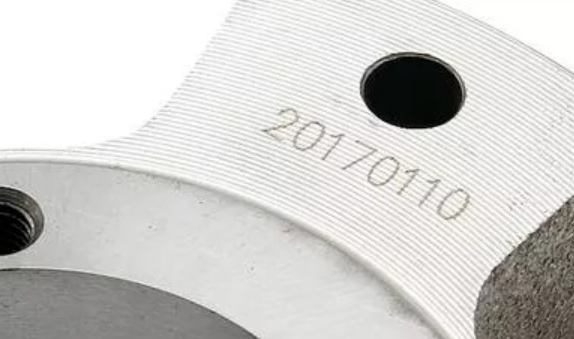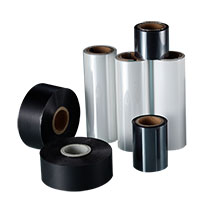
Contact Person: Miss Norejet
Mobile Phone:+8613690188010
WhatsApp:+8613690188010
E-mail: market@norejet.com
skype:christin-tz13
Add:Panyu Area Guangzhou China
What is a fiber laser inkjet printer?
Fiber optic inkjet printer, as an advanced identification equipment, plays a vital role in modern industrial production. It uses fiber laser technology to permanently mark the surface of various materials through laser beams, such as production date, batch number, QR code, barcode, pattern and other information, which greatly improves the traceability and brand image of the product.

1. Working principle of fiber optic inkjet printer
The working principle of fiber optic inkjet printer is mainly based on the laser beam generated by fiber laser. As the core component, the laser generator emits a 1064 nanometer wavelength laser, which is deflected and focused by the polarizer system to form the required mark on the surface of the product. This process may involve the evaporation of surface materials to expose deep materials, or physical changes in surface materials caused by light energy, or even burning part of the material through light energy to form patterns, text or barcodes.
2. Composition structure of fiber optic inkjet printer
Fiber optic inkjet printer mainly consists of three parts: fiber laser, polarizer system and software control system. The fiber laser is responsible for generating high-quality laser beams, the polarizer system is responsible for beam deflection and focusing, and the software control system is responsible for the automated control and parameter setting of the entire inkjet process. This highly integrated structure enables the fiber inkjet printer to achieve efficient and accurate inkjet operations.
3. Advantages and characteristics of fiber inkjet printers
1. High precision: The fiber inkjet printer can achieve very fine and clear marking effects, with a small focused spot diameter and thinner single lines, which is particularly suitable for fine and precise marking.
2. High speed: Its processing speed is 2-3 times that of traditional marking machines, and it can quickly complete the inkjet work of a large number of products, significantly improving production efficiency.
3. Good stability: The fiber inkjet printer is less affected by environmental factors, can work stably for a long time, and ensure the continuity and stability of the production line.
4. Energy saving and environmental protection: The whole machine has low power consumption, built-in air cooling, small footprint, and easy installation, which is truly energy-saving and portable.
5. Strong adaptability: Fiber lasers are equipped with optical isolators to effectively shield reflected light, and can be operated on high-gloss and high-reflective materials, broadening the application field.
6. Powerful software functions: It is compatible with the file formats of multiple software, supports automatic encoding, printing of serial numbers, batch numbers, dates, barcodes, QR codes, etc., to meet diverse identification needs.

4. Application fields of fiber optic inkjet printers
Fiber optic inkjet printers are widely used in multiple industries, including but not limited to:
1. Mechanical manufacturing: marking on mechanical parts to improve product traceability. 2. Electronic appliances: fine marking on electronic components, suitable for integrated circuits, mobile phone components, etc.
3. Optical communication devices: used for precision component identification in the optical communication industry.
4. Lithium-ion batteries: necessary information marking on batteries.
5. Auto parts: used for the identification of auto parts to improve the traceability of accessories.
6. Medical devices: marking on precision medical devices to meet the high standards of the medical industry.
7. Gold and silver jewelry: used for fine marking of jewelry to improve product grade.
8. Craft gifts: Personalize the gifts to increase product features.
9. Clothing and accessories: Mark the clothing labels or accessories to enhance brand recognition.
In addition, fiber optic inkjet printers are also suitable for teaching and scientific research, national defense, aerospace and other industries, and are also widely used in medicines and medical devices, such as anti-counterfeiting marking of medicines.

SUMMARY
In summary, fiber optic inkjet printers play an important role in modern industrial production with their advantages of high precision, high speed, good stability, energy saving and environmental protection. With the continuous advancement of technology and the continuous expansion of application fields, the future development prospects of fiber optic inkjet printers will be broader.


